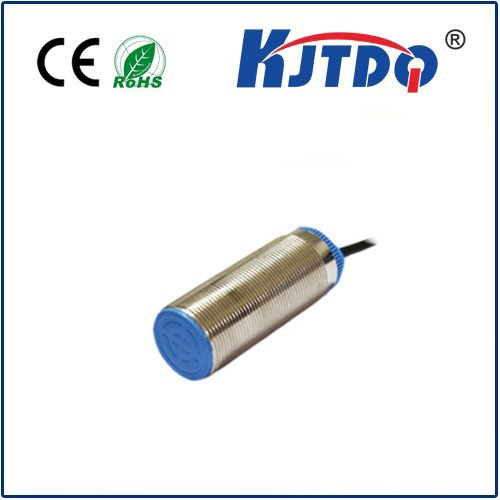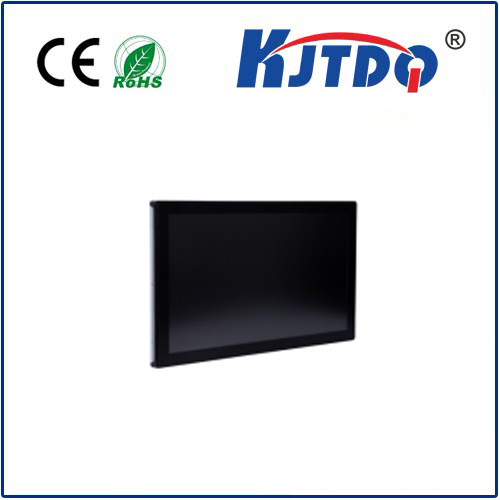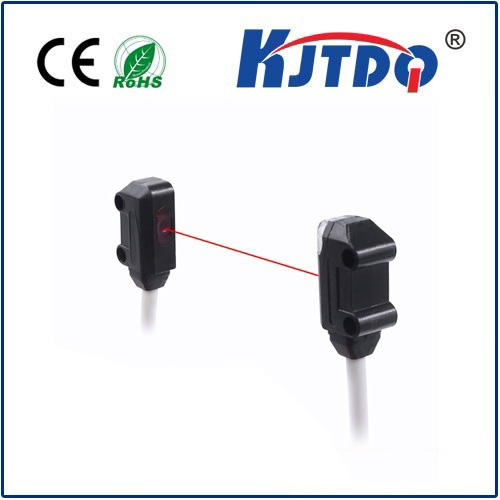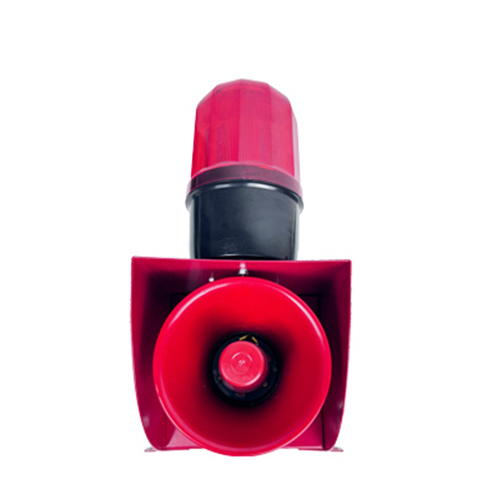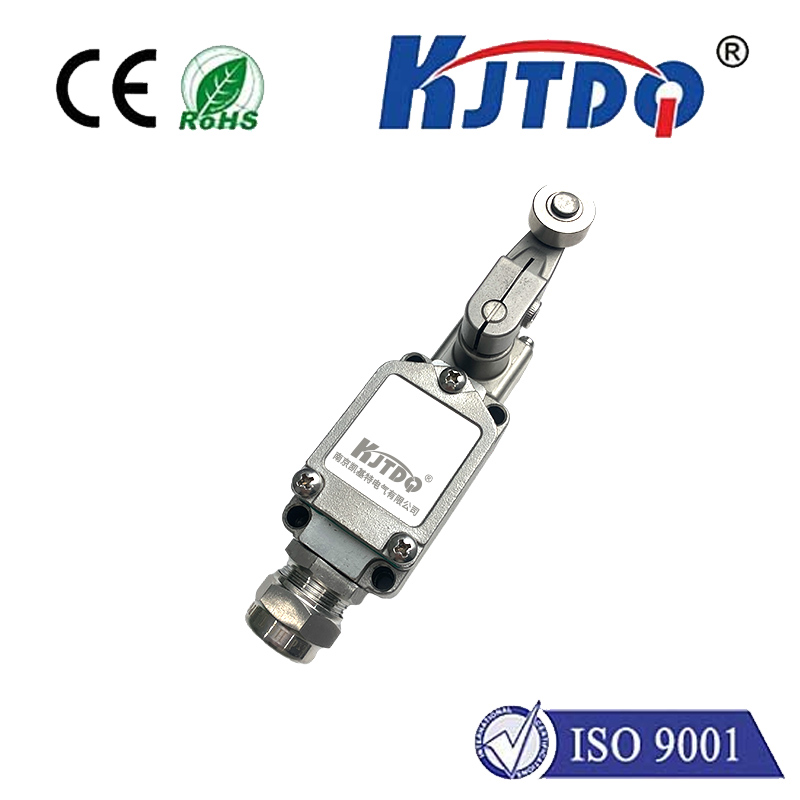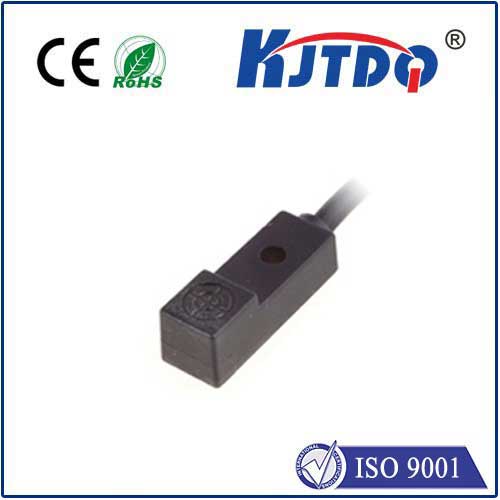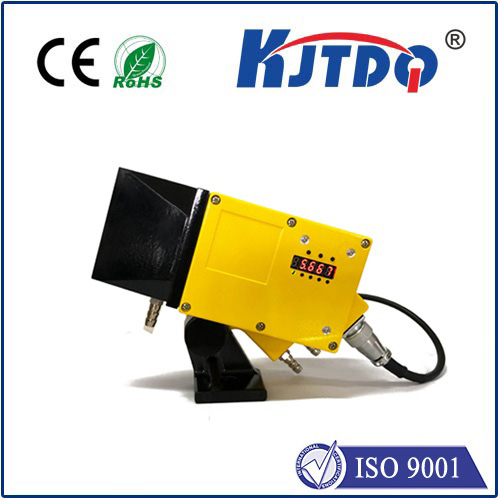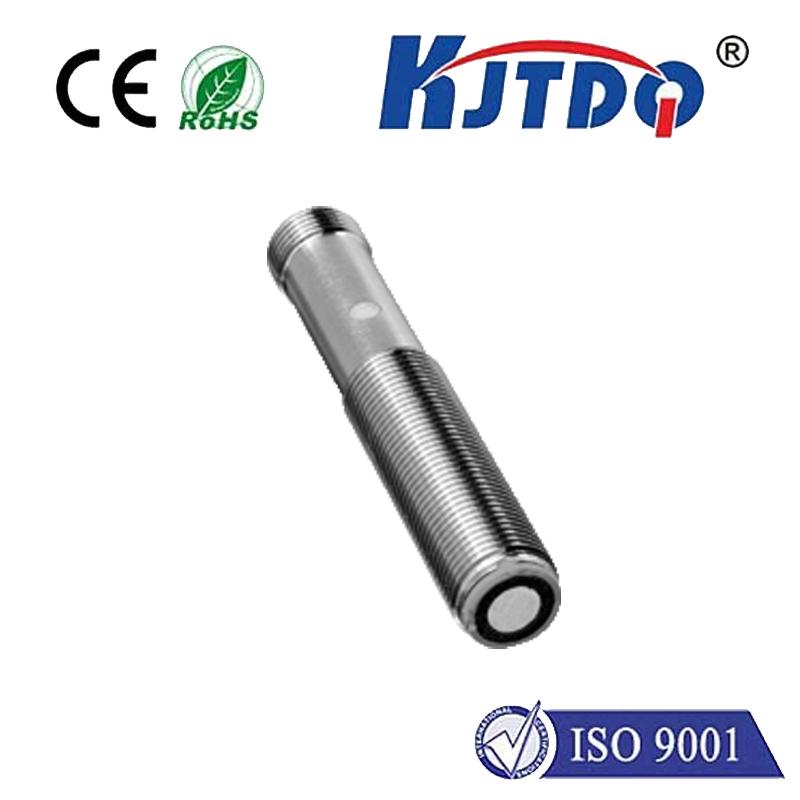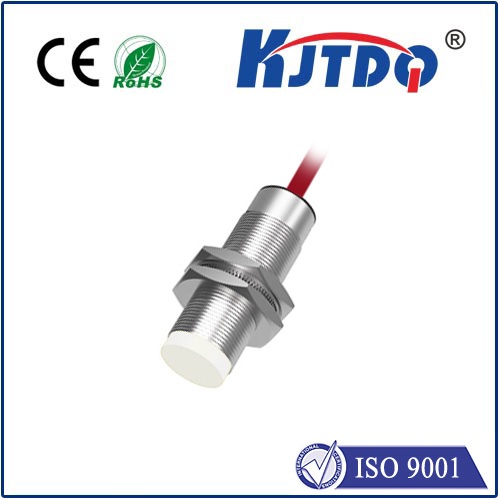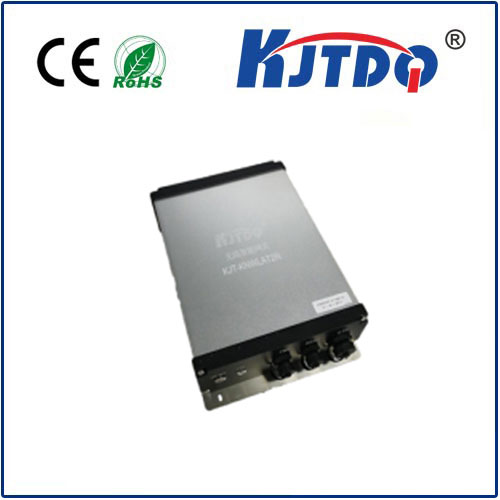BES0219 high pressure proximity sensor
- time:2025-10-14 01:00:29
- Нажмите:0
BES0219 High Pressure Proximity Sensor: Precision Where Pressure Reigns Supreme
Imagine a massive hydraulic press forging automotive parts, a subsea valve actuator controlling critical oil flow, or a high-pressure test rig validating aerospace components. In these unforgiving environments, where immense force is the norm, traditional sensors often falter. Pressure fluctuations aren’t just background noise here; they’re dominant forces capable of crushing inadequate equipment or sending inaccurate signals. This is precisely the domain where the BES0219 High Pressure Proximity Sensor excels, delivering unwavering reliability and precision measurement where standard sensors simply cannot survive.
Understanding the core of its designation reveals its purpose: “High Pressure Proximity Sensor” signifies a device specifically engineered to detect the presence or absence of a metallic target object without physical contact (proximity sensing), but crucially, within systems experiencing exceptionally high fluid pressures. The BES0219 represents the specific model identifier, embodying a set of unique characteristics designed for this arduous task.
Why High Pressure Demands Specialized Sensors
Standard inductive proximity sensors function admirably in countless industrial applications. However, introduce sustained or fluctuating high pressures (common in hydraulics, pneumatics, deep-sea operations, and heavy manufacturing), and several critical challenges emerge:

- Housing Integrity: Enclosures must withstand immense external pressure without deformation or breach, preventing fluid ingress that would destroy internal electronics.
- Sealing Performance: Standard O-rings or seals often fail under extreme pressure cycles, leading to leaks and sensor failure. Hermetic sealing becomes paramount.
- Mechanical Stress: High pressure exerts significant force on the sensor body, potentially causing material fatigue or shifting internal components, affecting sensing distance accuracy.
- Performance Drift: Pressure can influence the electromagnetic field used for sensing, potentially causing signal drift or unreliable switching if not properly compensated.
The BES0219: Engineered for the Extreme
The BES0219 is not merely a sensor placed in a tough housing; it’s a system designed from the ground up to conquer high-pressure environments. Key features underscore its suitability:
- Exceptional Pressure Rating: The defining characteristic. The BES0219 is typically rated for pressures reaching 400 bar (5800 psi) or even higher, depending on the specific variant and connection type. This rating signifies its ability to operate continuously and reliably within systems operating at these intense levels.
- Robust, Pressure-Resistant Housing: Constructed from high-grade, corrosion-resistant stainless steel (often 316L or similar), the housing is engineered to resist deformation and maintain structural integrity under extreme external loads.
- Superior Sealing: Utilizes advanced sealing technologies, such as welded housings or specialized high-pressure static and dynamic seals (O-rings rated for high pressure), ensuring IP69K protection. This means it’s completely dust-tight (IP6X) and can withstand high-pressure, high-temperature water jets (IPX9K), crucial for washdown environments common in hydraulic systems.
- Immunity to Pressure Fluctuations: Careful design minimizes the impact of pressure changes on the sensing characteristics. This ensures stable switching points and reliable operation even as system pressures surge or drop rapidly, making it ideal for dynamic applications like hydraulic cylinders.
- Compact, Rugged Design: Despite its robustness, the BES0219 often features a compact form factor, enabling installation in space-constrained high-pressure zones. Its ruggedness also guarantees resilience against shock and vibration.
- Reliable Inductive Sensing: Utilizing a potent inductive principle, it reliably detects ferrous (iron-based) and non-ferrous (e.g., brass, aluminum) metallic targets with a defined sensing range, providing a clear switching signal (NPN or PNP output).
Where the BES0219 Makes the Critical Difference (Application Spotlight)
The unique capabilities of the BES0219 High Pressure Proximity Sensor make it indispensable in numerous demanding sectors:
- Hydraulic Systems: The primary application domain. Used for precise position monitoring of pistons inside hydraulic cylinders, detecting rod end positions, confirming valve spool position in high-pressure valves, and monitoring piston position in hydraulic motors and pumps operating under extreme pressure.
- Fluid Power & Pneumatics (High-Pressure): Monitoring actuator positions, verifying valve states, and providing feedback in high-pressure pneumatic circuits.
- Offshore & Subsea: Critical for valve actuation feedback, ROV (Remotely Operated Vehicle) tooling position sensing, and control systems on oil rigs or subsea equipment exposed to immense water pressure.
- Heavy Machinery & Presses: End position detection in high-tonnage forging presses, metal forming machines, and injection molding machines where hydraulic pressures are colossal.
- Test Rigs & Validation: Providing reliable feedback in high-pressure test environments for components like fuel injectors, valves, pipelines, and pressure vessels.
- Chemical & Process Industries: Position sensing in high-pressure reaction vessels, pump monitoring, and valve control within critical processes.
Choosing and Implementing the BES0219 Effectively
Selecting the right BES0219 variant requires attention to specifics:
- Pressure Rating: Match the sensor’s maximum operating pressure to the peak pressure expected in your application, including potential pressure spikes. Never exceed the rated pressure.
- Sensing Distance & Target Material: Ensure the nominal sensing range meets your mechanical tolerance requirements and is suitable for the target material (steel, stainless steel, brass, aluminum).
- Electrical Connection & Output: Choose the correct mounting thread, connector type (e.g., M12 connector, integral cable), and output configuration (NPN/PNP, NO/NC) compatible with your control system.
- Housing Material: 316L stainless steel offers excellent corrosion resistance for most industrial and marine environments. Verify suitability for specific chemical exposures.
- Installation: Follow manufacturer guidelines meticulously for tightening torques (critical for maintaining seal integrity), avoiding excessive side-loading, and ensuring the target passes within the specified sensing range. Proper installation is paramount for reliable performance and longevity in high-pressure scenarios.
Beyond Basic Detection: Enabling Control and Safety
The role of the BES0219 transcends simple presence detection. Its reliable operation under pressure is foundational for:
- Precision Control: Providing accurate positional feedback essential for closed-loop control of hydraulic actuators and valves.
- Sequencing Logic: Enabling complex machine sequences based on verified cylinder or valve positions.
- Safety Interlocks: Confirming critical machine states (e.g., “cylinder retracted,” “safety gate closed”) before allowing hazardous operations to proceed.
- Predictive Maintenance: Monitoring movement patterns to identify potential issues like seal wear or pressure anomalies before catastrophic failure.
In the relentless landscapes of high-pressure engineering, where standard sensors fear to tread, the BES0219 High Pressure Proximity Sensor stands as a beacon of rugged dependability. Its meticulously engineered construction, exceptional pressure tolerance, and unwavering sensing performance provide engineers with the critical data needed to control powerful machinery, ensure operational safety, and maintain efficiency in the most demanding industrial arenas. When failure under pressure is not an option, the BES0219 delivers.

